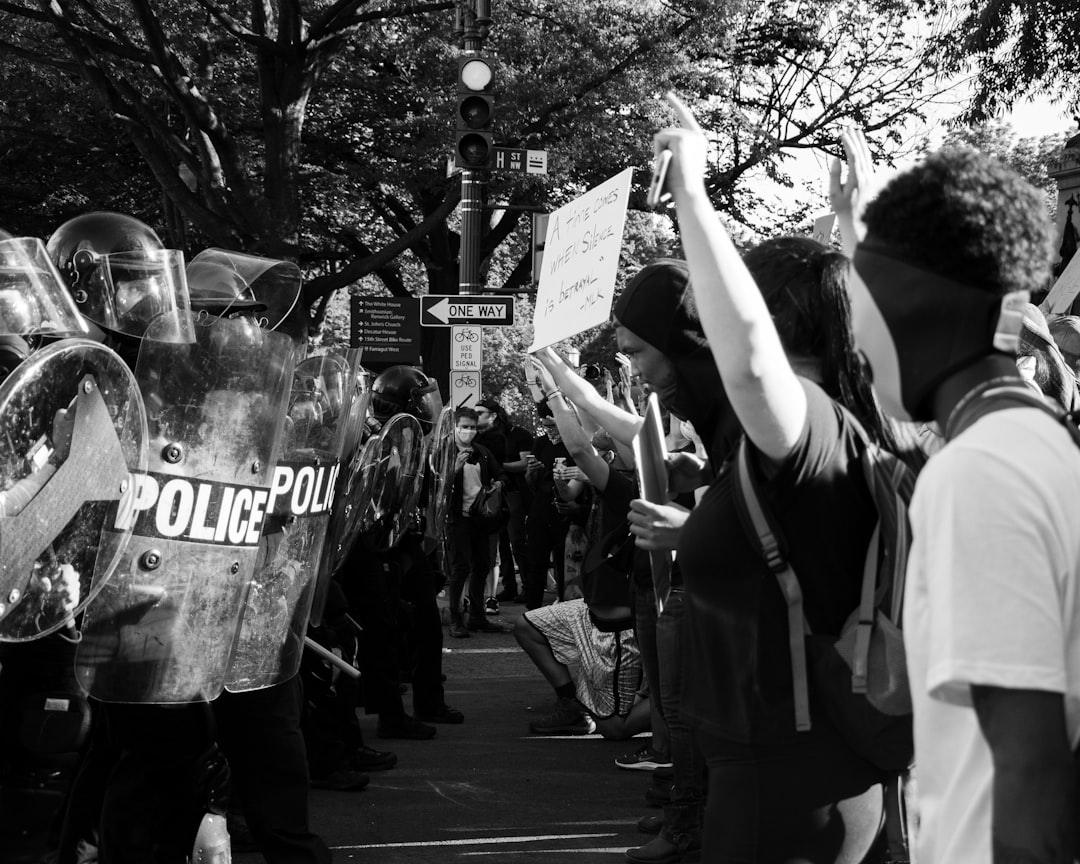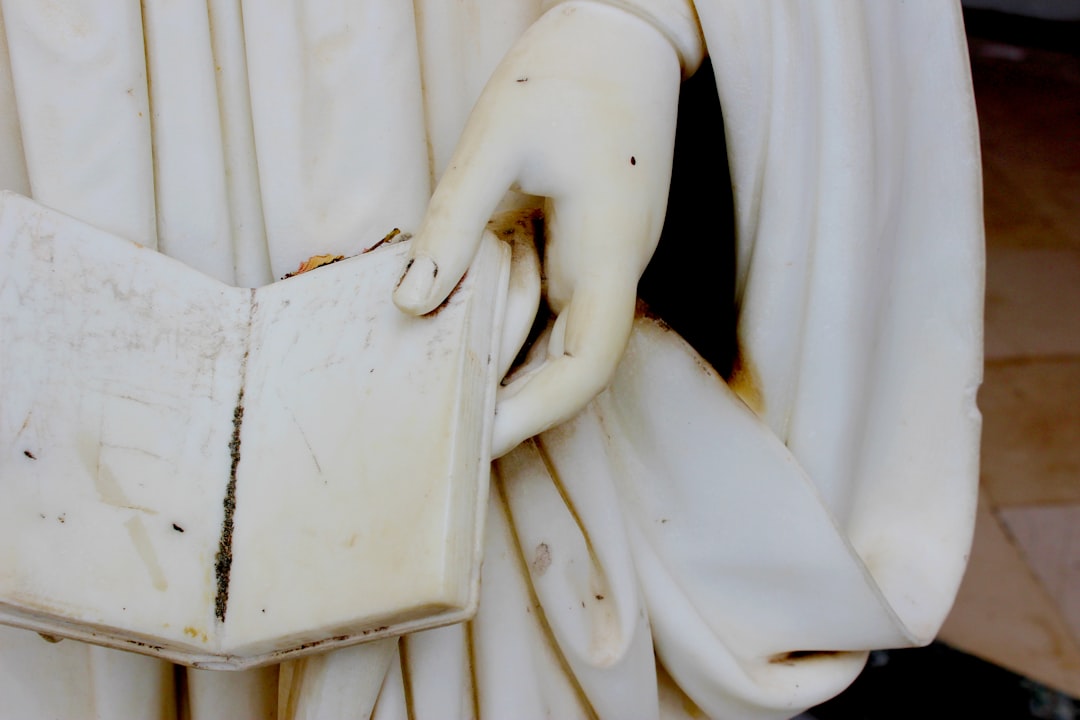What is it about?
The article studies Edmond François Calvo, and Victor Dancette's La Bête est Morte – La guerre Mondiale Chez Les Animaux [The Beast is Dead: The World War Among the Animals] (published in 1944) - a political allegory criticizing the German occupation of France. It is a rebellious work marching out on a mission to restore liberty, fraternity and equality to the French nation while taking part in the formation of De Gaulle's WWII narrative which governed the French collective memory until the mid-1970s.
Featured Image

Photo by Stijn Swinnen on Unsplash
Why is it important?
This article does not discuss whether or not comics and graphic novels have the moral right to recount the appalling events of World War II, nor does it argue whether or not they have a historical and poetic value. The fact that they do, is the article's fertile ground. Thus, the article focuses on the role comics and graphic novels play in creating and preserving a specific society's collective memory of a particular historical event.
Perspectives
The article examines La Bête est Morte from an 'external' point of view, that is to say, not from within the official self-awareness of the French society, but rather from the outside. This kind of perspective allows for the exposure of the interests and ideologies that were actively at work within the larger literary, social and cultural system that shaped the French collective memory of World War II.
Yaakova Sacerdoti
Levinsky College of Education
Read the Original
This page is a summary of: An allegorical-ideological trinity: the beast is dead — the second World War among the animals (1944), Journal of Graphic Novels & Comics, September 2019, Taylor & Francis,
DOI: 10.1080/21504857.2019.1661864.
You can read the full text:
Contributors
The following have contributed to this page










